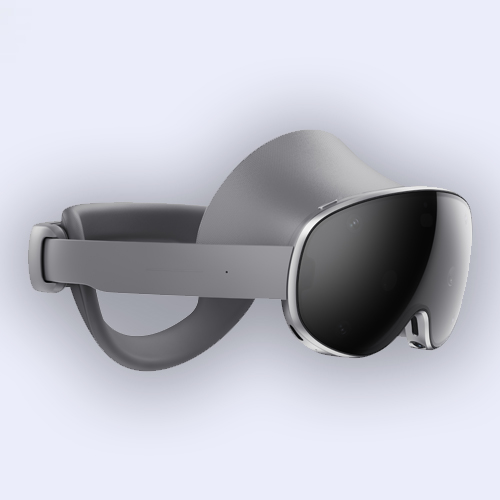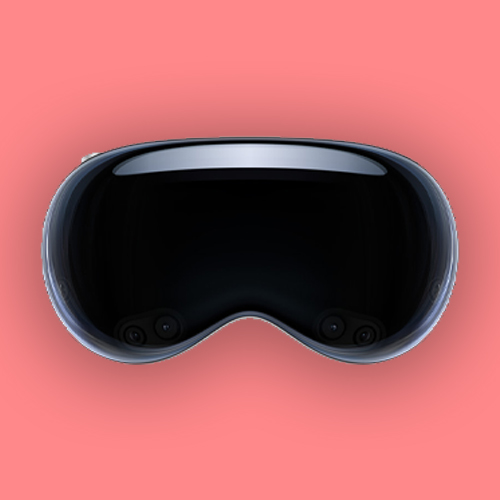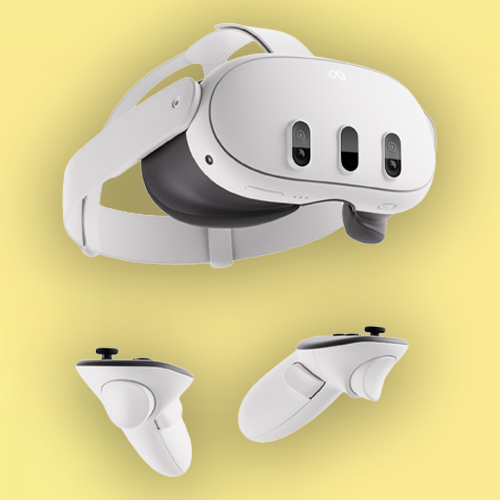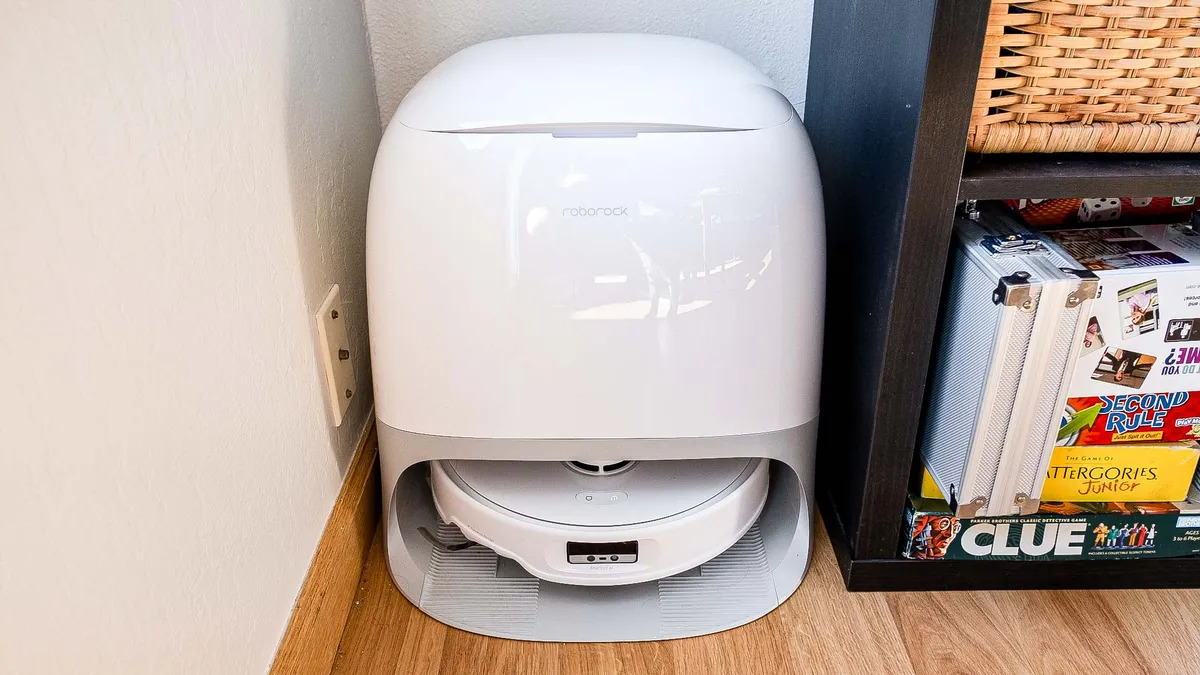Samsung Galaxy XR vs Apple Vision Pro vs Meta Quest 3: Which headset is right for you?
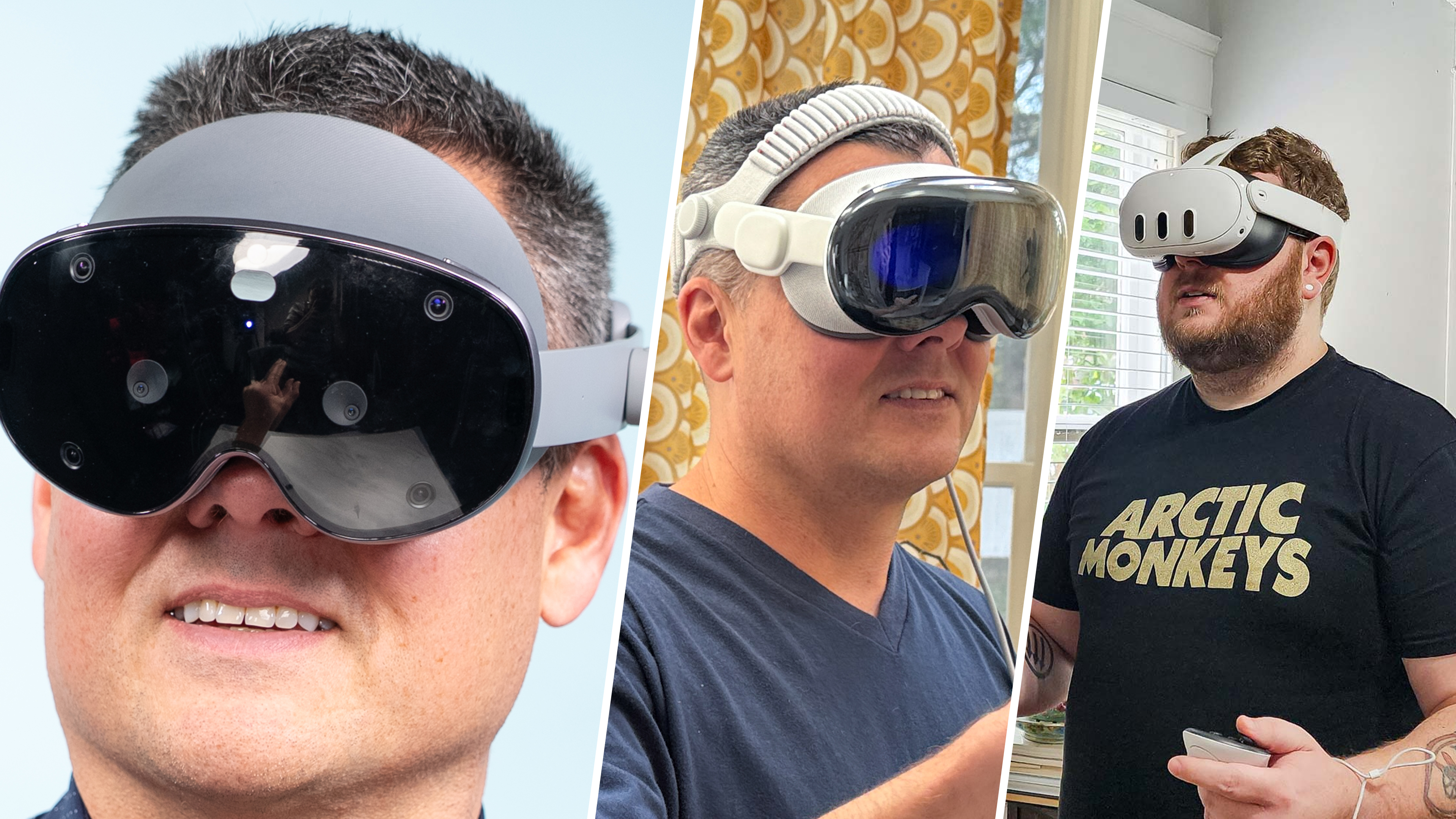
OK, look. I get it. Putting two mightily expensive headsets in the Samsung Galaxy XR and Apple Vision Pro M5 up against the cheaper Meta Quest 3 is like pitting two gourmet chefs up against my favorite Taco Bell order.
But also, it kind of makes sense when you take a closer look. As I’ve learned from all the best VR headsets I’ve tested, it’s not about the tech inside, but what you do with it that matters. And when it comes to that, Meta has truly taken advantage of its head start in this space with regular software updates to finely tune the experience.
Does that overcome the Android XR might of the Galaxy XR? Or even the literal M5 computer on your face in the Apple Vision Pro? The answer is a little complicated, so let’s break it down.
Samsung Galaxy XR vs Apple Vision Pro vs Meta Quest 3: Where to buy
Samsung Galaxy XR vs Apple Vision Pro vs Meta Quest 3: Specs
Spec | Samsung Galaxy XR | Apple Vision Pro (M5) | Meta Quest 3 |
|---|---|---|---|
Price | $1,799 | $3,499 | $499 |
Chipset | Snapdragon XR2+ Gen 2 | M5 and R1 | Qualcomm Snapdragon XR2 Gen 2 |
RAM | 16GB | 16GB | 8GB |
Storage | 256GB | 256GB, 512GB, 1TB | 512GB |
Display | 3,840 x 3,552 pixels micro OLED | ≈3660 × 3200 pixels micro OLED* | 2064 x 2208 pixels LCD |
Field of view | 109 degrees horizontal, 100 degrees vertical | ≈100 degrees horizontal, ≈90 degrees vertical* | 110 degrees horizontal, 96.4 degrees vertical |
Camera | 6.5MP (3D photo and video) | 6.5MP (3D photo and video) | 4MP (3D photo and video) |
Sensors | 2 pass-through cameras, 6 tracking cameras, 4 eye-tracking cameras, 5 IMUs, depth sensor, flicker sensor | 2 main cameras, 6 world-facing tracking cameras, 4 eye-tracking cameras, TrueDepth camera, LiDAR scanner, 4 inertial measurement units, flicker sensor, ambient light sensor | 2 main cameras, 4 IR tracking cameras, 1 depth sensor |
Battery life | 2 hours general usage, 2.5 hours video | 2.5 hours of general use, 3 hours video playback | 2.2 hours of general use |
Weight | 545 grams (with forehead cushion) | 749 grams | 515 grams |
The display and field of view specs for the Apple Vision Pro are estimated from calculations. Apple’s specs don’t detail specifics like resolution-per-eye or field of view, so this is the best we can do.
Samsung Galaxy XR vs Apple Vision Pro vs Meta Quest 3: Design
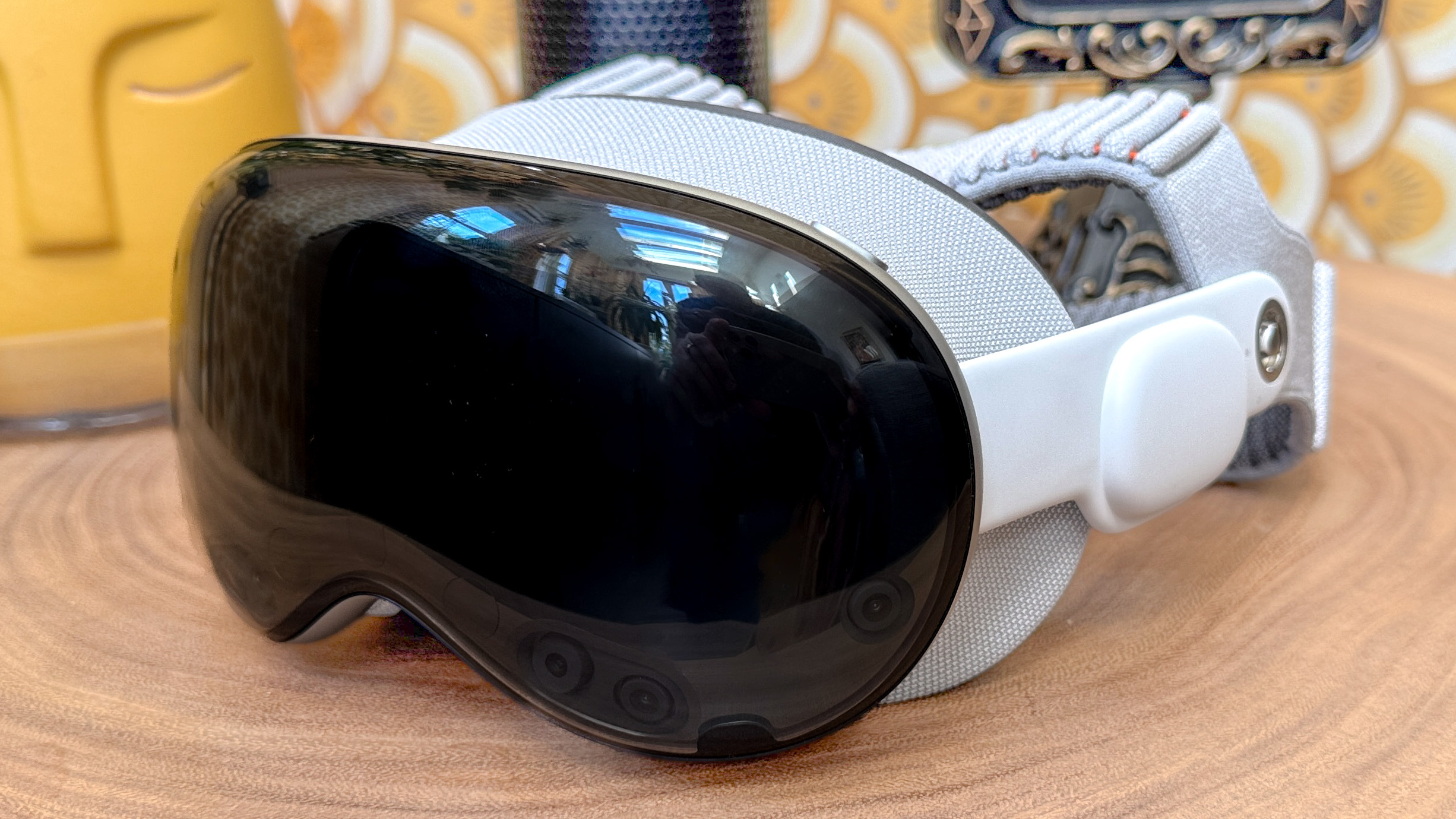
Premium materials are all well and good in tech, but they can often get in the way of comfort and wearability. That much is certain when looking at the Apple Vision Pro — it’s a gorgeous combination of aluminum and glass, and that Dual Knit band relieves a lot of the head strain that the Solo Knit caused with the first gen.
But it’s still 26 ounces of heft on your face. No matter how much that overhead band can offset some of that downward pressure on your nose for longer sessions, it’s still too heavy.
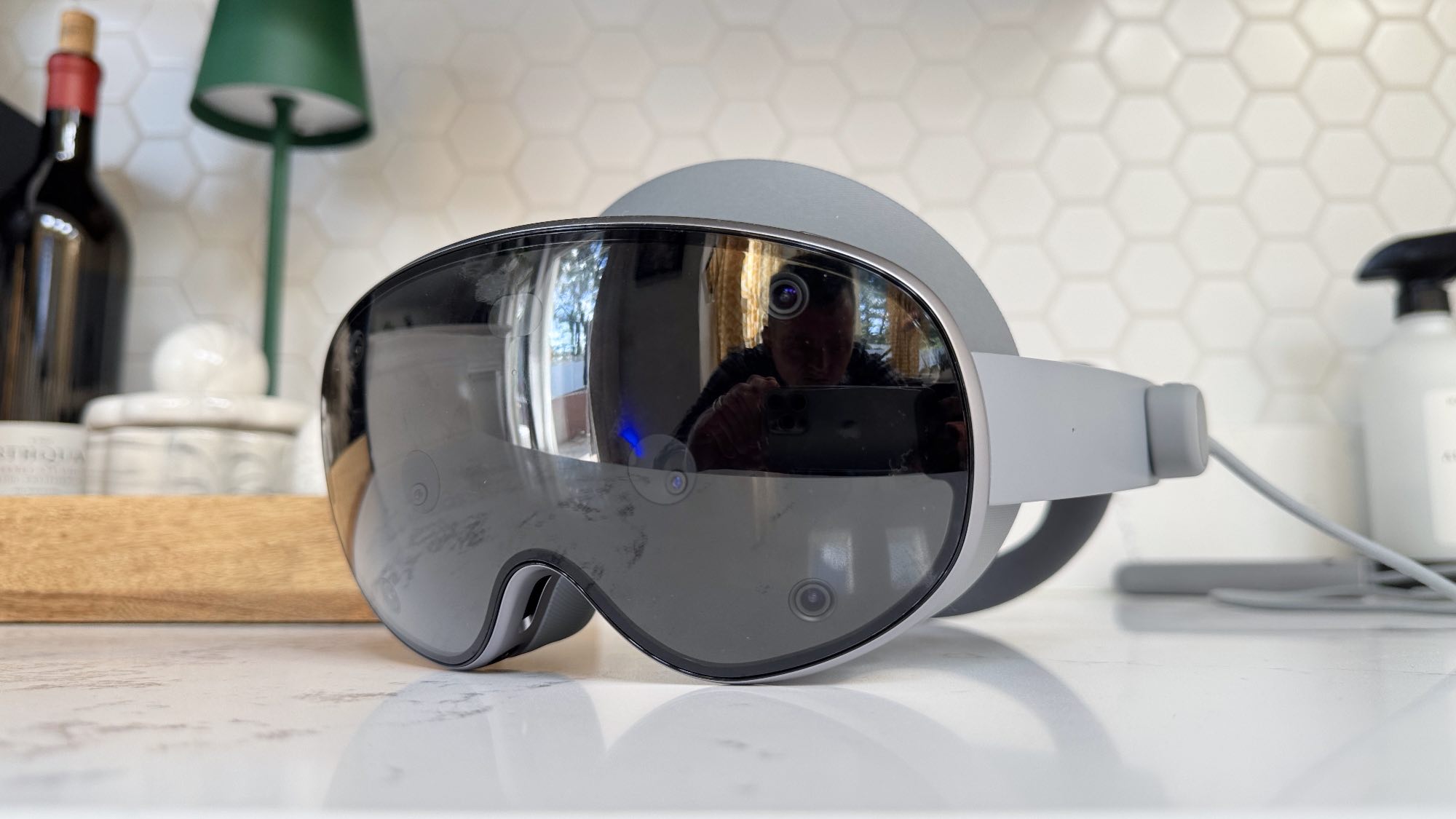
Meanwhile, the Samsung Galaxy XR and the trusty Meta Quest 3 are coming in at 19 ounces (the latter without an additional battery pack in your pocket), and the end result is a much more comfortable wearing experience over longer periods of time.
Yes, the use of plastics is obvious here, and they don’t feel anywhere near as luxurious as the Apple Vision Pro.
Get instant access to breaking news, the hottest reviews, great deals and helpful tips.
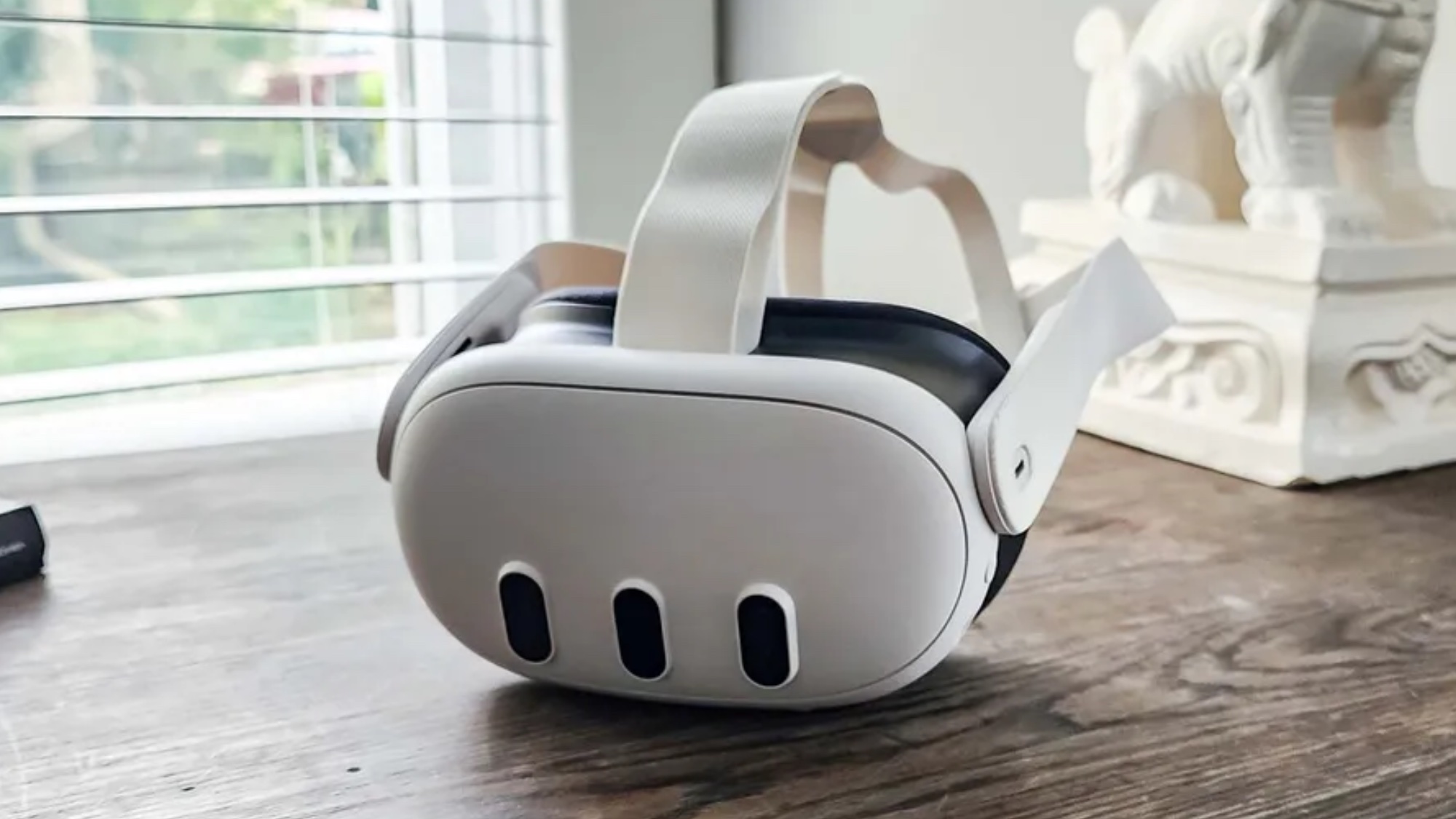
However, you’re not necessarily worrying about materials used when it's on your face — you just want it to be nice to wear for hours at a time. The Galaxy XR out-of-the-box has a better headband to support the weight, whereas the Quest 3 has a built-in battery to the headset itself, which means no trailing cable.
Winner: Draw between Samsung Galaxy XR and Meta Quest 3
Samsung Galaxy XR vs Apple Vision Pro vs Meta Quest 3: Hardware
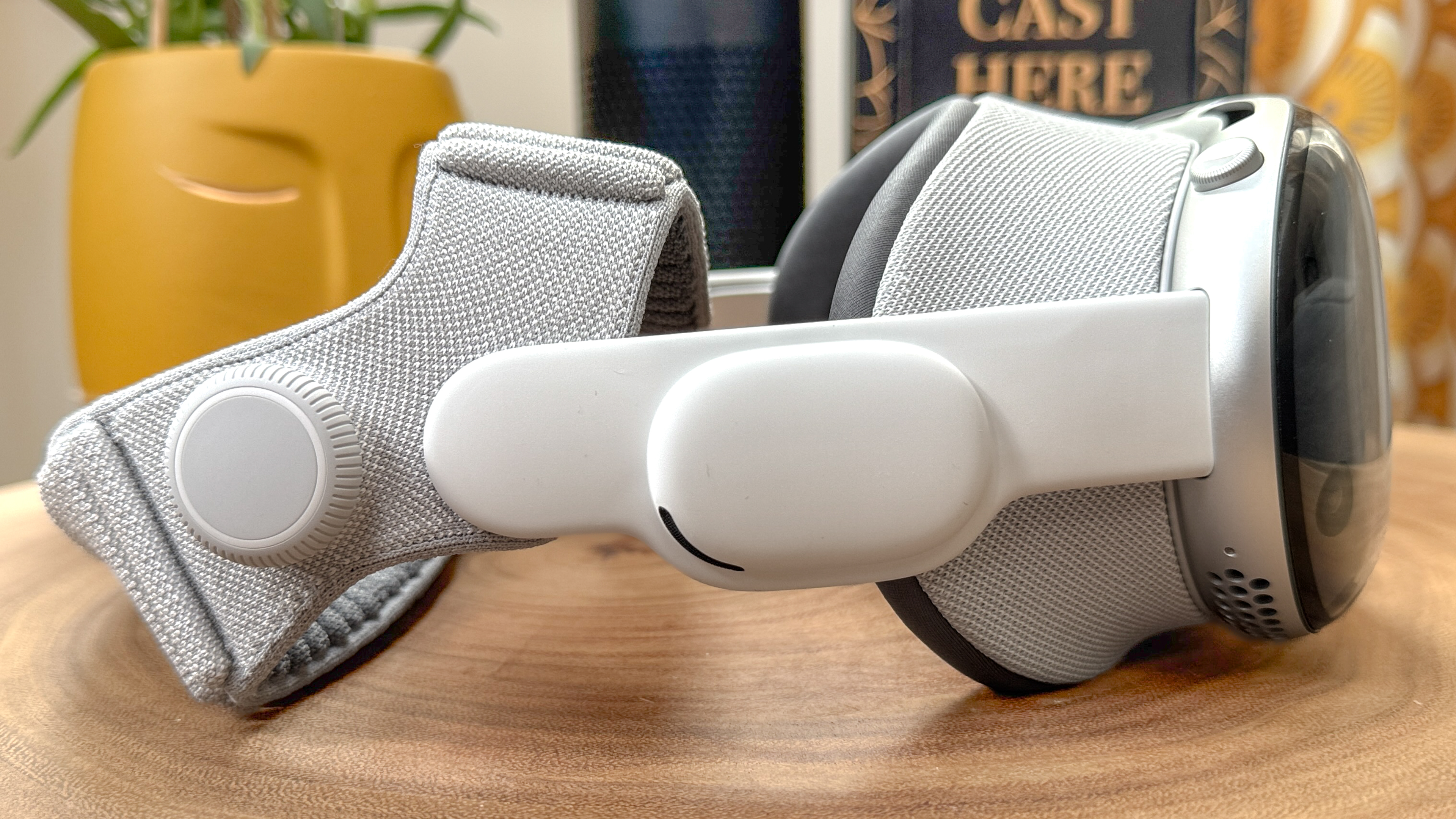
This is a quick shot on-goal by the Apple Vision Pro. One has the power of a MacBook strapped onto your face, whereas the other two pack what is essentially a smartphone chip that has been tuned more precisely to XR.
Not to say that’s a bad thing! The Snapdragon XR2 Gen 2 in the Quest 3 and the XR2+ Gen 2 in the Galaxy XR are capable of handling pretty demanding workloads that come in a mixed-reality atmosphere like positional tracking, low-latency passthrough and multitasking.
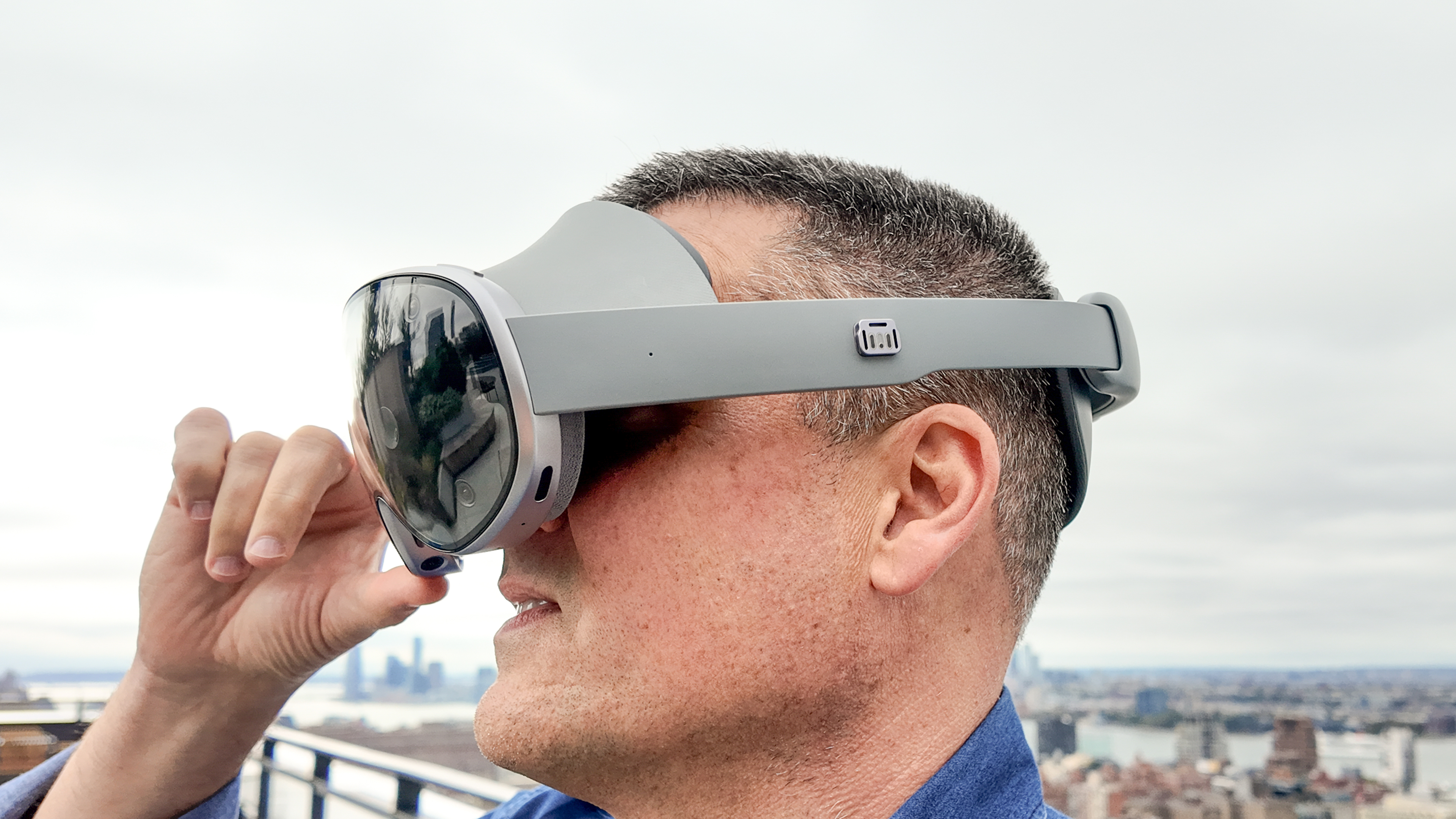
But the M5 paired with 16GB of memory in the Apple Vision Pro makes it a much more capable, almost desktop-class machine for multitasking — further enhanced with the R1 chip for impressively precise tracking and passthrough.
Then there’s the sensor side of things. The Galaxy XR and Quest 3 have enough sensors to do a good job of positional tracking and read hand gestures. But the Vision Pro is on another level with double the sensors — even introducing Optic ID iris scanning for a breakthrough level of security.
Winner: Apple Vision Pro
Samsung Galaxy XR vs Apple Vision Pro vs Meta Quest 3: Software

Sure, Apple Vision Pro may be the powerhouse of the three. But as is the case with a lot of tech, it’s not about the tools you have, it’s what you do with them that counts. And while there are plenty of compelling apps to dig your teeth into on the Vision Pro, there isn’t really that killer app that makes this a must-buy device.
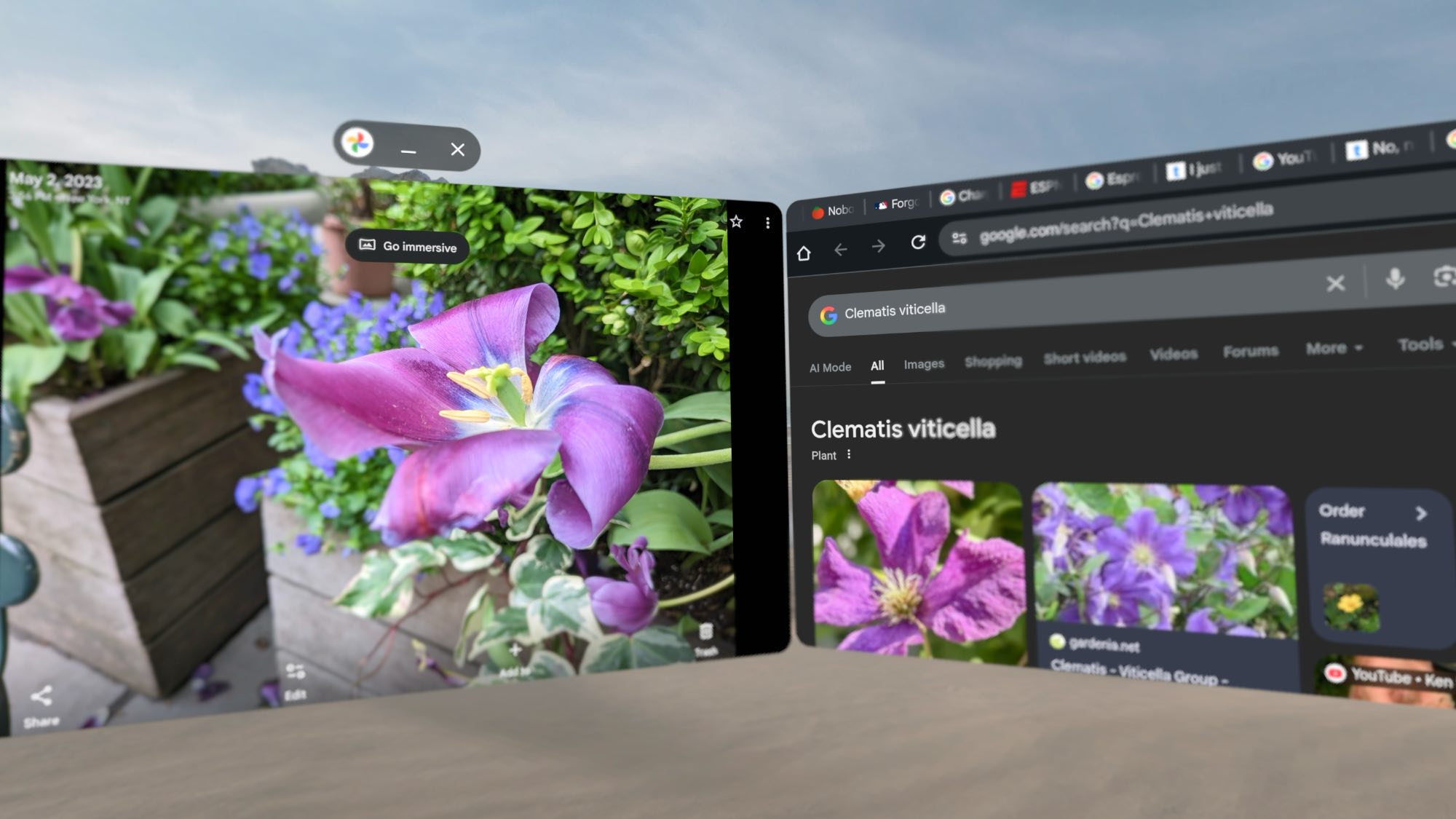
Meanwhile, the Samsung Galaxy XR has a slightly better (but smaller) offering off the rip. Running Android XR, it has access to Google services and apps, and there is actually a Netflix app here. But things are angled much more to content consumption rather than creation. That’s not a bad thing, but at $1,799, there’s still not quite the killer app.

The Meta Quest 3 isn’t necessarily a different story, but it does have the benefit of more time, a wider developer community, a slate of exclusives, and a far lower price tag to offset this.
At $500, you’ve got access to a lot of what the Vision Pro and Galaxy XR can do, and with a year’s head start on the original Apple Vision Pro and two years on Samsung’s headset, Meta’s gone through all of those growing pains to make for a slick UI to navigate too. Throw in a selection of over 1,000 apps on the Quest Store, including some real bangers of games like Batman: Arkham Shadow, and you’re onto a clear winner.
Winner: Meta Quest 3
Samsung Galaxy XR vs Apple Vision Pro vs Meta Quest 3: AI
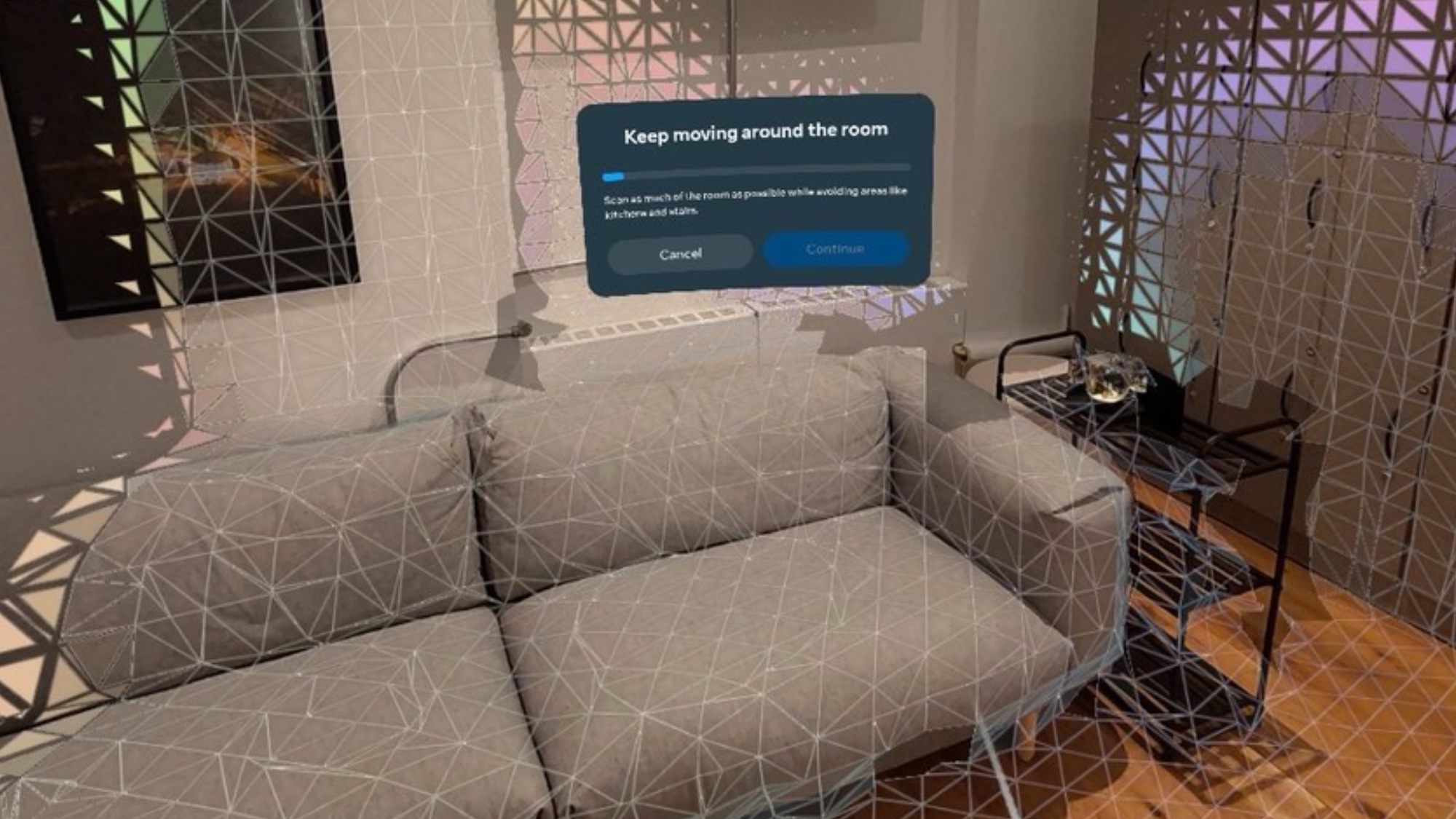
AI is an interesting conundrum within a mixed reality headset. In something like smart glasses, it makes sense because you’re always out and about with it. But outside of the maniacs who wear a VR headset in public just because they can, these are very much home devices. So what can they do?
Well, AI-wise, they all do a lot of things you don’t see — algorithmic scene understanding is usually done by a trained model, hand tracking and body tracking are AI trained too. But once you get into the things we can see, each company has a different take on this.
For Meta, it’s Meta AI with vision, which spans from the simple interactions you’ve probably seen with the Ray-Ban Meta (gen 2) glasses such as asking them to take a picture, or asking questions about what you see. Throw in the option for that AI assistant to grab real time information, and you’ve got a pretty nice, non-intrusive implementation.

With Apple Vision Pro, the AI is a little more limited. Without the new and improved Siri until 2026, you’ve got the two key features we’ve grown accustomed to in the Image Playground and Writing Tools, but the lack of Visual Intelligence is a huge miss in something like this.
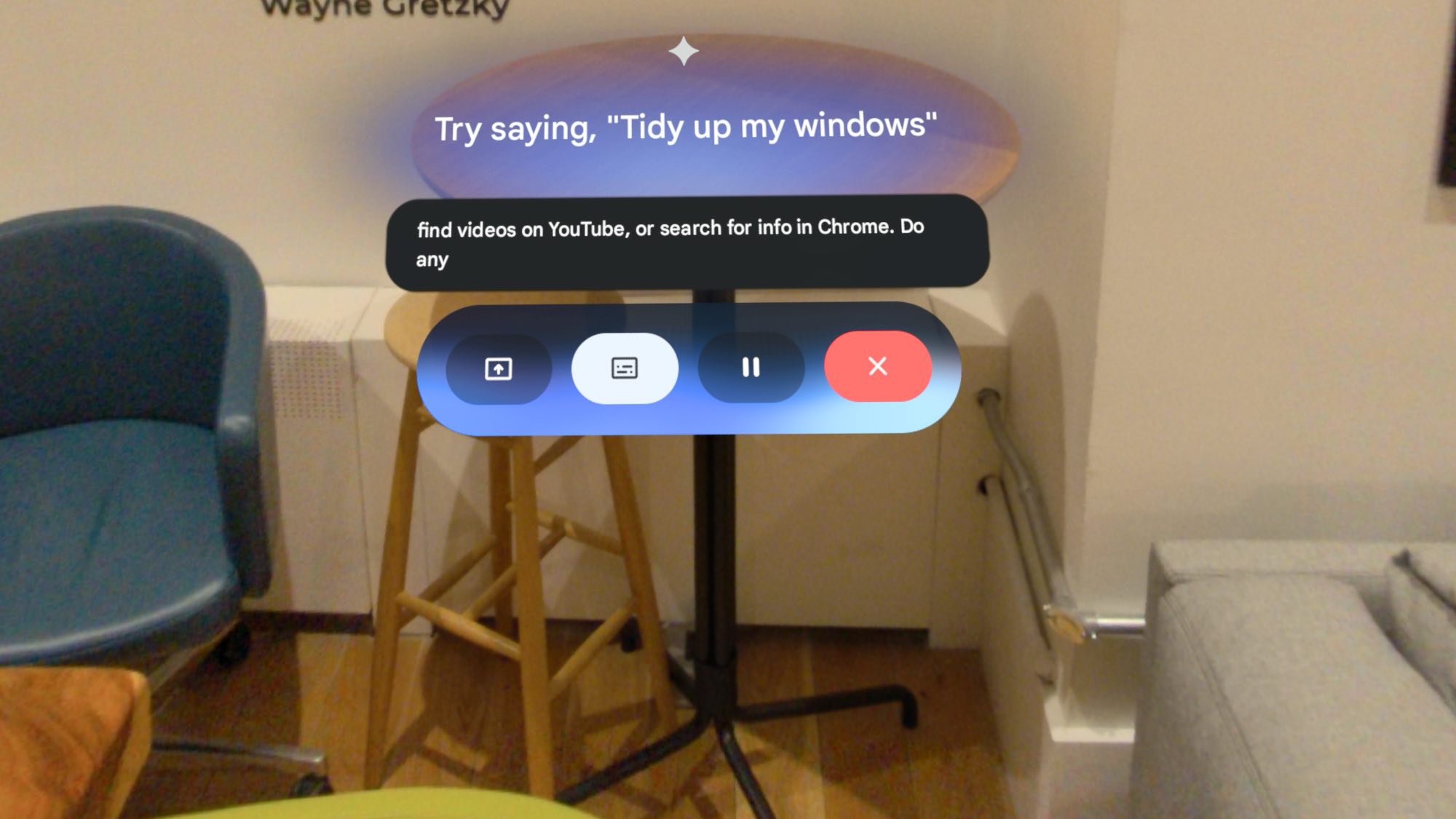
And then there’s Gemini Live in the Galaxy XR. This is clearly the leader in AI services within a mixed-reality environment — letting you ask questions of the real world around you or about the apps you’re currently in. There is an interestingly pesky DRM issue where you can’t ask about a YouTube TV show (all Gemini Live can see is a black screen). But for everything else, it’s versatile enough to give genuine advice in games, give tips on what to watch and accurately identify items in the world.
Winner: Samsung Galaxy XR
Samsung Galaxy XR vs Apple Vision Pro vs Meta Quest 3: Verdict

On paper, this is a tie. The Meta Quest 3 and Samsung Galaxy XR are the more preferable headsets for you to buy — based on comfort, experiences and AI features. That being said, the Apple Vision Pro is definitely a powerhouse of a choice, but we just hope that the killer app for this mixed reality experience comes through.
But ties suck, and that comes from someone who watches the Premier League religiously. So let’s get down to probably one of the bigger things we’re all considering right now, which is price.
I was hoping for a cheaper second gen Apple Vision Pro, but staying at $3,500, that’s out of the running. The Galaxy VR comes in at basically half-price at $1,799, which is a step in the right direction. But neither of these come close to just paying $499. Based on that, and for what you get, the choice is obvious.
Winner: Meta Quest 3

Follow Tom's Guide on Google News and add us as a preferred source to get our up-to-date news, analysis, and reviews in your feeds.
More from Tom's Guide
- I asked Samsung and Google about how the Galaxy XR can beat Vision Pro — and what's next for smart glasses
- Smarter tech, dumber looks — smart glasses are in their awkward phase
- Apple Vision Pro is getting new 'immersive' content and it's putting people courtside at the Lakers

Jason brings a decade of tech and gaming journalism experience to his role as a Managing Editor of Computing at Tom's Guide. He has previously written for Laptop Mag, Tom's Hardware, Kotaku, Stuff and BBC Science Focus. In his spare time, you'll find Jason looking for good dogs to pet or thinking about eating pizza if he isn't already.
You must confirm your public display name before commenting
Please logout and then login again, you will then be prompted to enter your display name.
